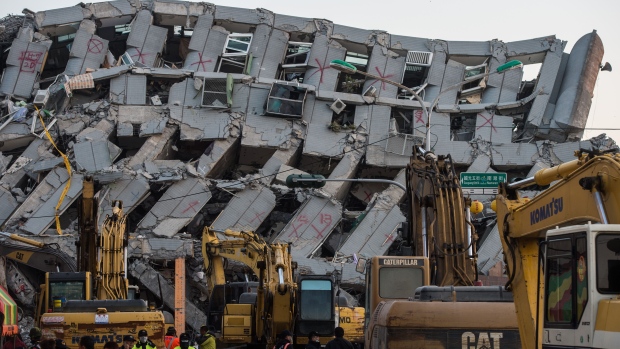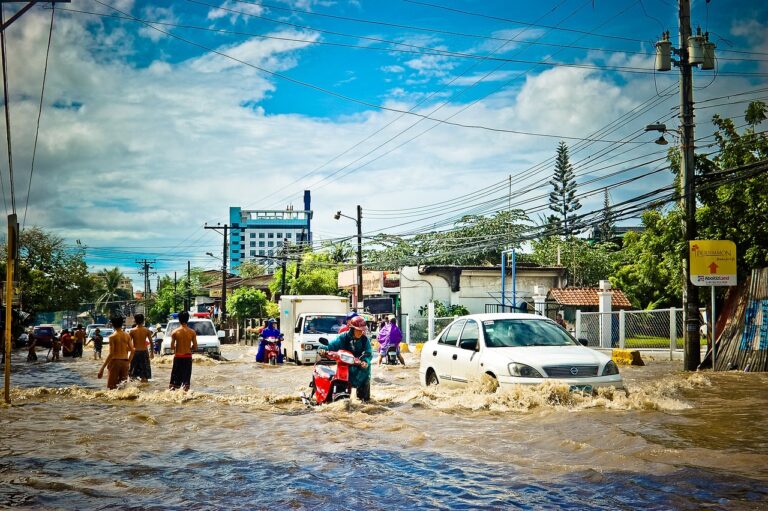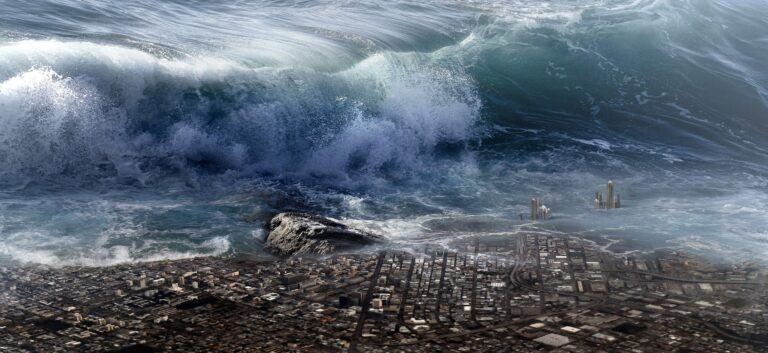An earthquake is the shaking and vibration of the Earth’s crust due to the movement of the Earth’s plates (plate tectonics). Earthquakes can happen along any type of plate boundary. Earthquakes occur when tension is released from inside the crust. Plates do not always move smoothly alongside each other and sometimes get stuck. When this happens pressure builds up. When this pressure is eventually released, an earthquake tends to occur. The point where an earthquake starts is known as its focus (or hypocentre). The point on the surface of the Earth, directly above the focus, is called the epicenter. An earthquake’s power is measured on the Richter scale using an instrument called a ‘seismometer’.
Causes of Earthquakes: Earthquakes occur due to the release of energy stored in the Earth’s crust. The primary causes are:
- Tectonic Plate Movements: The Earth’s outer shell is divided into several large and small tectonic plates. These plates are in constant motion, and their interactions are responsible for most earthquakes. The boundaries between plates are where the most seismic activity occurs. There are three main types of plate boundaries:
- Divergent Boundaries: Plates move away from each other, creating tensional forces and often leading to earthquakes.
- Convergent Boundaries: Plates collide or move toward each other, generating compressional forces and causing intense seismic activity.
- Transform Boundaries: Plates slide past each other horizontally, creating shear forces and resulting in earthquakes.
- Volcanic Activity: Volcanic earthquakes are associated with volcanic eruptions. The movement of magma within the Earth can generate seismic activity, often occurring near active volcanoes.
- Human-Induced Activity: Activities such as mining, reservoir-induced seismicity (due to the filling of large reservoirs), and hydraulic fracturing (fracking) can induce earthquakes, although they are generally of lower magnitude compared to natural tectonic earthquakes.
Impact of Earthquakes: Earthquakes can have significant and often devastating effects:
- Structural Damage: Buildings, bridges, roads, and infrastructure can be severely damaged or destroyed during strong earthquakes, leading to loss of life and economic losses.
- Landslides and Tsunamis: Earthquakes can trigger landslides, which can be deadly in hilly or mountainous areas. Underwater earthquakes can also generate tsunamis, massive ocean waves that can inundate coastlines.
- Aftershocks: Smaller earthquakes that follow the main shock (aftershocks) can further disrupt rescue and recovery efforts.
- Human Casualties: Earthquakes can result in injuries and fatalities, depending on their magnitude, depth, proximity to populated areas, and building infrastructure.
- Disruption of Services: Earthquakes can disrupt essential services like electricity, water supply, and communication, making it challenging for emergency responders to address the situation.
Mitigation and Preparedness: Efforts to mitigate the impact of earthquakes include:
- Seismic Building Codes: Implementing strict building codes and retrofitting older structures to withstand earthquakes.
- Early Warning Systems: Developing systems that can provide advance notice of an impending earthquake, giving people time to take cover or evacuate.
- Public Education: Educating communities about earthquake preparedness, including creating emergency kits and having a family emergency plan.
- Infrastructure Resilience: Strengthening critical infrastructure to withstand seismic forces.
In summary, earthquakes are natural geological phenomena resulting from the movement of the Earth’s tectonic plates and can have significant and destructive impacts on human life and infrastructure. Efforts in monitoring, preparedness, and mitigation play a crucial role in reducing the impact of earthquakes on society.




